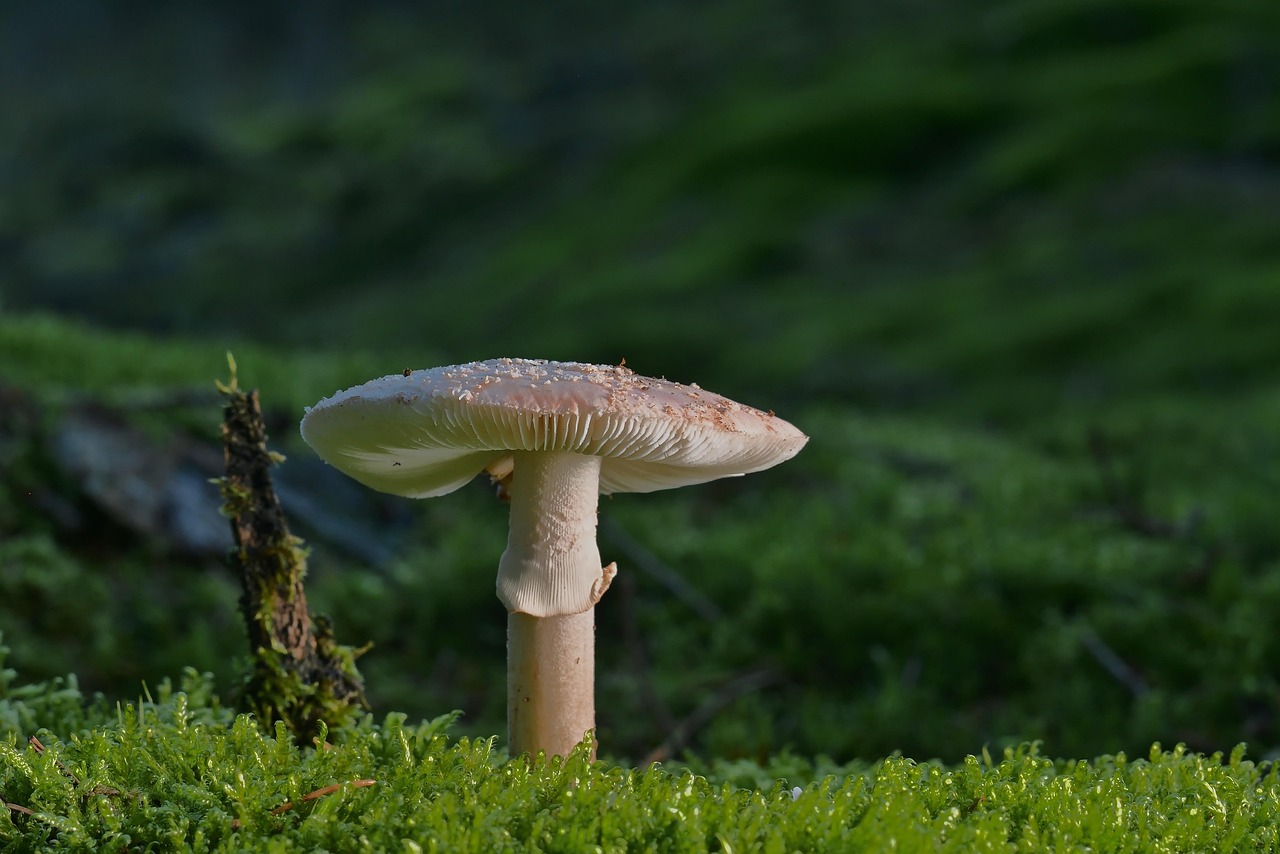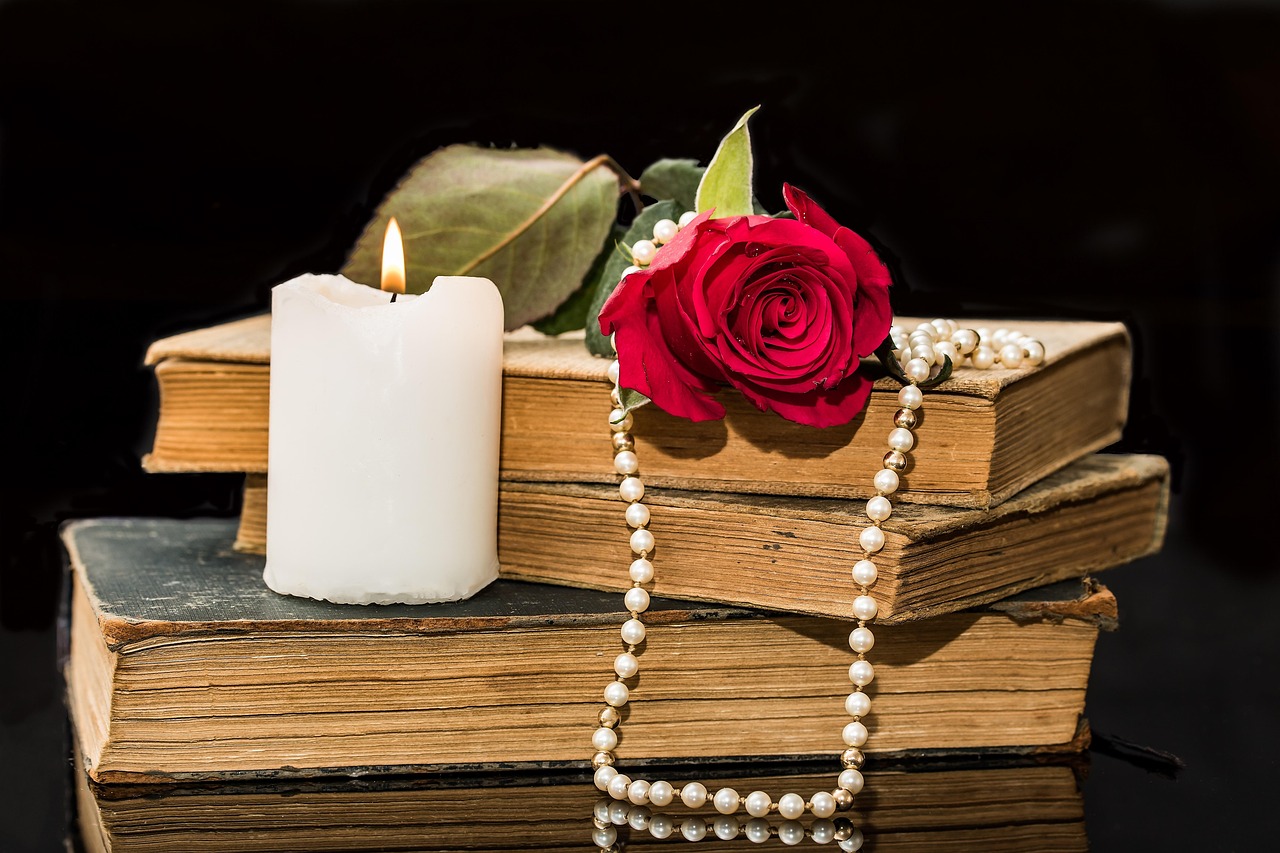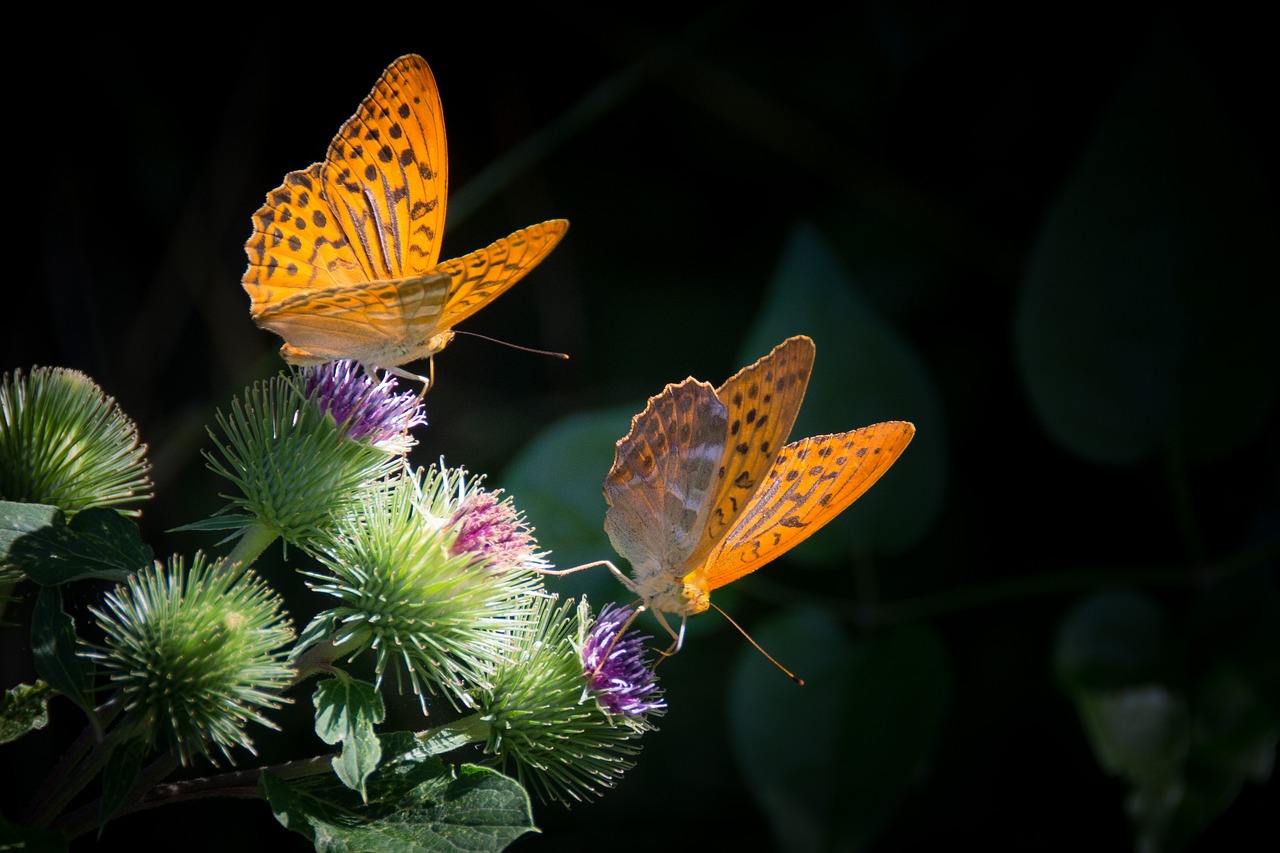The String of Pearls plant, scientifically known as Senecio rowleyanus, is a unique succulent popular for its trailing strands of spherical leaves. Proper care involves ensuring adequate sunlight, infrequent watering, and well-draining soil to thrive in home environments.
Understanding the String of Pearls Plant
The String of Pearls plant is native to South Africa, where it grows in rocky terrains. This fascinating succulent has become a favorite among houseplant enthusiasts due to its distinctive appearance. The plant features long, cascading stems adorned with small, round leaves that resemble pearls. These leaves are actually modified water-storing structures, allowing the plant to survive in arid conditions. Understanding its natural habitat can help you replicate the right care conditions at home.

As a succulent, the String of Pearls requires specific conditions to thrive. It prefers bright, indirect sunlight but can tolerate some direct sun. However, too much direct sunlight can scorch the leaves. Additionally, this plant is sensitive to overwatering, which can lead to root rot. Therefore, it is essential to know when and how much to water.
Optimal Growing Conditions
Creating the right growing environment for your String of Pearls plant is crucial for its health. Here are the key factors to consider:
- Light: Provide at least 6 hours of bright, indirect sunlight each day.
- Soil: Use a well-draining cactus or succulent mix.
- Temperature: Maintain a temperature range of 65°F to 80°F (18°C to 27°C).
- Humidity: Low humidity is ideal; this plant does not require extra moisture in the air.
Watering Your String of Pearls
Watering is one of the most critical aspects of caring for your String of Pearls. These plants are drought-tolerant, meaning they store water in their leaves. Here are some watering tips:

- Water only when the top inch of soil is dry to the touch.
- Use room temperature water to avoid shocking the roots.
- Ensure excess water drains out of the pot to prevent root rot.
- Avoid letting the plant sit in standing water.
Fertilizing Your Plant
While the String of Pearls does not require frequent fertilization, providing nutrients during the growing season can encourage healthy growth. Here are some guidelines for fertilizing:
- Frequency: Fertilize every 4-6 weeks during the spring and summer months.
- Type: Use a diluted liquid succulent fertilizer or a slow-release fertilizer.
Repotting and Propagation
Your String of Pearls plant may eventually outgrow its pot. Repotting should be done every couple of years or when you notice growth becoming stagnant. Here’s how to do it:
- Select a pot that is slightly larger than the current one.
- Use fresh, well-draining soil suitable for succulents.
- Gently remove the plant from its old pot and loosen any tightly bound roots.
- Place it in the new pot and fill with soil, ensuring good support.
Propagation of String of Pearls can be quite rewarding. You can propagate through cuttings or by planting individual beads that have fallen from the stems. Simply let the cuttings dry for a few days to form a callus before planting them in soil.

Caring for a String of Pearls plant can be a delightful experience. With proper light, watering, and occasional feeding, you will enjoy its stunning appearance for years to come. Understanding its unique needs ensures that this beautiful succulent thrives in your home.
Pests and Diseases to Watch For
Like any plant, the String of Pearls is susceptible to certain pests and diseases. Being aware of these issues can help you take preventive measures and act quickly if problems arise. Here are the most common pests and diseases that might affect your plant:
- Mealybugs: These small, white, cotton-like insects feed on the sap of your plant, leading to weakened growth.
- Spider mites: Tiny red or brown pests that thrive in dry conditions. They can cause discoloration and webbing on leaves.
- Root rot: Caused by overwatering, this fungal disease can lead to mushy roots and ultimately kill the plant.
- Powdery mildew: A fungal infection that appears as a white powder on leaves, often due to high humidity.
Identifying Pests
Detecting pests early is essential for successful plant care. Here are some signs that your String of Pearls may be infested:

- Wilting or drooping leaves: This can indicate stress from pests or diseases.
- Sticky residue: A sign of mealybug or aphid infestations, which excrete honeydew.
- Visible insects: Inspect the undersides of leaves and stems for any small bugs.
- Discoloration: Yellowing or browning leaves may signal a pest problem or improper care.
Treating Pests and Diseases
If you notice any signs of pests or diseases, it is crucial to act quickly. Here are some effective treatment options:
- Insecticidal soap: Apply this product according to the manufacturer’s instructions to eliminate soft-bodied insects like mealybugs and spider mites.
- Neem oil: A natural pesticide that can kill pests and prevent future infestations. Dilute it with water and apply to affected areas.
- Manual removal: For minor infestations, use a cotton swab dipped in alcohol to remove mealybugs directly from the plant.
- Improve air circulation: Ensure your plant is not overcrowded to reduce humidity and prevent powdery mildew.
Preventive Measures
Prevention is the best strategy when it comes to plant care. Here are some tips to keep your String of Pearls healthy and free from pests:
- Avoid overwatering by ensuring proper drainage in pots.
- Keep your plant in a well-ventilated area with adequate airflow.
- Regularly inspect your plants for any signs of pests or diseases.
- Isolate new plants for a few weeks before introducing them to your existing collection.
Light Requirements for Optimal Growth
The String of Pearls thrives in bright, indirect light. However, understanding how light intensity affects growth is essential. Here are some points to consider:
| Light Type | Description | Effects on Growth |
|---|---|---|
| Bright Indirect Light | Filtered sunlight or light from a north or east-facing window. | Promotes healthy growth and vibrant color. |
| Direct Sunlight | Sunlight that shines directly onto the leaves for several hours. | Can cause leaf scorch and damage if excessive. |
| Dimm Light | Very low light conditions, such as a dark corner of a room. | Leads to weak, leggy growth and may cause leaves to fall off. |
If you notice your plant stretching towards the light source, it may need more light. Consider relocating it to a brighter location while still protecting it from harsh direct sun exposure.
Seasonal Care Considerations
The care needs of your String of Pearls may change with the seasons. Here’s how to adjust your care routine throughout the year:
- Spring: This is the growing season. Increase watering frequency and consider fertilizing every month.
- Summer: Continue watering and provide plenty of light. Be cautious about direct sunlight during peak hours.
- Fall: Gradually reduce watering as the plant enters dormancy. Monitor for any pest activity as temperatures drop.
- winter: Water sparingly; your String of Pearls will need less moisture during this dormant period.
By adjusting your care routine according to seasonal changes, you can help your String of Pearls thrive year-round.
Common Problems and Solutions
Even with the best care, your String of Pearls plant may still encounter some issues. Identifying these problems early can prevent further damage. Below are some common problems along with their solutions:
Leaf Drop
If your String of Pearls is dropping leaves, it could be a sign of stress. Here are potential causes and solutions:
- Overwatering: Check the soil moisture. If it’s too wet, reduce watering frequency and ensure proper drainage.
- Underwatering: If the soil is dry and the leaves appear shriveled, increase watering gradually.
- Pest Infestation: Inspect for pests. Treat as necessary to eliminate the problem.
Discoloration of Leaves
Discoloration can indicate various issues with your plant. Here’s what to look for:
- Yellow Leaves: Often a sign of overwatering or poor drainage. Allow the soil to dry out before watering again.
- Brown Tips: May result from underwatering or excessive direct sunlight. Adjust your watering schedule and light exposure.
- Pale Leaves: Could indicate lack of nutrients. Consider fertilizing during the growing season.
Choosing the Right Potting Container
The choice of potting container can significantly impact the health of your String of Pearls. Here are some factors to consider when selecting a pot:
- Drainage Holes: Ensure the pot has sufficient drainage holes to prevent root rot.
- Material: Terracotta pots are ideal as they allow for moisture evaporation, helping to prevent overwatering.
- Size: Choose a pot that is slightly larger than the current one. Too large a pot can retain excess moisture.
Potting Techniques
When potting your String of Pearls, follow these steps for optimal results:
- Select a well-draining succulent or cactus mix.
- Add a layer of gravel or small stones at the bottom of the pot for extra drainage.
- Gently place the plant into the new pot, spreading out the roots.
- Fill in with soil, ensuring that the top of the root ball is level with the soil surface.
Environmental Factors Affecting Growth
The environment in which you keep your String of Pearls can greatly influence its growth and health. Here are key environmental factors to consider:
| Factor | Ideal Conditions | Impact on Growth |
|---|---|---|
| Light | Bright, indirect light for at least 6 hours a day. | Poor light can lead to leggy growth and leaf drop. |
| Temperature | 65°F to 80°F (18°C to 27°C). | Extreme temperatures can stress the plant and affect its growth rate. |
| Humidity | Low humidity, ideally between 30-50%. | High humidity can promote mold and pest infestations. |
By maintaining these ideal conditions, you can create an environment conducive to healthy growth for your String of Pearls plant.
Caring for Your Plant During Vacations
If you plan to be away from home for an extended period, it’s important to ensure that your String of Pearls receives proper care in your absence. Here are some strategies:
- Watering Before You Leave: Water thoroughly just before you leave to provide moisture while you’re gone.
- Self-Watering Systems: Consider using self-watering pots or a wick system to keep the soil moist over time.
- Placement: Move your plant to a location with indirect sunlight to minimize water loss due to evaporation.
- Ask for Help: If possible, have a friend or neighbor check on your plants and water them if necessary.
With these strategies in mind, you can ensure that your String of Pearls remains healthy and happy even while you are away. Taking proactive steps will help maintain its beauty and vitality throughout the year.
Additional Tips for Successful String of Pearls Care
Caring for a String of Pearls plant can be rewarding when you know how to meet its specific needs. In addition to the care tips already discussed, here are some extra suggestions to help ensure your plant thrives:
- Rotate Your Plant: Every few weeks, rotate your pot to ensure even light distribution. This helps prevent uneven growth and encourages the plant to grow more uniformly.
- Dusting Leaves: Occasionally wipe the leaves with a damp cloth to remove dust. This allows the plant to absorb more light and improves overall health.
- Seasonal Pruning: If your plant becomes too long or leggy, consider pruning it back during the growing season. This will encourage bushier growth and improve its appearance.
- Labeling Your Plant: If you have multiple plants, consider labeling them with care instructions. This can help you remember specific needs for each variety.
Understanding the Life Cycle of Your String of Pearls
As your String of Pearls matures, it will go through various stages of growth. Understanding these stages can help you provide better care:
- Seedling Stage: When first planted, the String of Pearls may take time to establish roots. During this stage, provide consistent but light watering.
- Juvenile Stage: As it grows, the plant will develop longer stems and more beads. Ensure adequate lighting and minimize watering.
- Mature Stage: Once established, the plant will produce cascading strands of pearls. Regular care during this stage is crucial for maintaining overall health.
Recognizing these stages allows you to adjust your care practices as needed, supporting your String of Pearls throughout its life cycle.
Common Myths About String of Pearls
As with many plants, there are several myths surrounding the care of String of Pearls. Here are some common misconceptions:
- Myth 1: It Needs Constant Watering: In reality, String of Pearls prefers a dry environment and should be watered only when the soil is completely dry.
- Myth 2: Direct Sunlight Is Best: While it requires bright light, too much direct sunlight can damage the leaves. Indirect sunlight is ideal.
- Myth 3: It Can Survive in Low Light: Although it can tolerate low light for short periods, prolonged low light will lead to poor growth and health.
By debunking these myths, you can enhance your understanding of how to care for your String of Pearls effectively.
Final Thoughts
Caring for a String of Pearls plant can be a delightful journey filled with learning experiences. By understanding its unique needs—such as proper light, watering schedules, and pest management—you can cultivate a thriving succulent that adds beauty to your home. Remember, patience is key; these plants may take time to adjust and flourish in their environment.
Whether you’re a beginner or an experienced gardener, following the guidelines in this guide will help ensure your String of Pearls remains vibrant and healthy. With regular attention and care, this charming succulent will reward you with its stunning appearance and unique charm for years to come.
Your dedication to providing the right conditions will not only benefit your plant but also enhance your gardening skills. Embrace this opportunity to connect with nature and enjoy the beauty that a well-cared-for String of Pearls can bring into your life.
